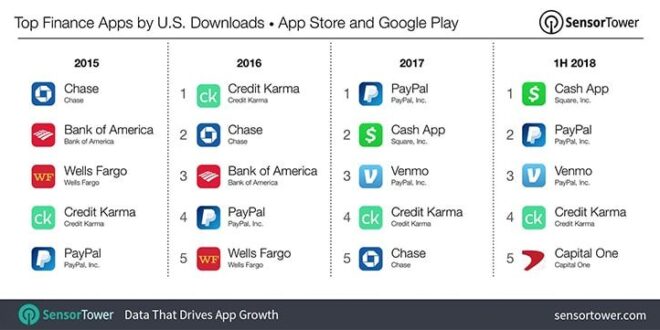In the digital age, where connectivity is king and convenience reigns supreme, Peer-to-Peer (P2P) apps have emerged as the epitome of streamlined interaction and seamless transactions. From sharing files to splitting bills, these applications have transformed the way we engage with one another and conduct our daily affairs. But what exactly is driving the skyrocketing popularity of P2P apps? Let’s delve into the phenomenon and unravel the factors that have propelled them to the forefront of modern-day connectivity.
Convenience Redefined:
At the heart of the P2P revolution lies the unparalleled convenience they offer. Whether it’s transferring funds to a friend, sharing documents with colleagues, or even renting a stranger’s home for a vacation, P2P apps eliminate the cumbersome barriers that traditional methods entail. With just a few taps on a smartphone, users can accomplish tasks that previously required extensive coordination and effort.
Seamless User Experience:
P2P apps prioritize user experience, providing intuitive interfaces and streamlined processes that make navigation a breeze. By eliminating unnecessary steps and simplifying complex procedures, these applications ensure that users can achieve their objectives with minimal friction. From registration to execution, every aspect of the user journey is meticulously designed to maximize efficiency and satisfaction.
Trust and Security:
Trust is paramount in any transaction, and P2P apps recognize this by implementing robust security measures and establishing mechanisms for accountability. Whether it’s through encryption protocols, identity verification procedures, or user ratings and reviews, these platforms instill confidence in participants and foster a sense of security. As a result, users can engage in transactions with peace of mind, knowing that their data and assets are protected.
Empowerment of Individuals:
P2P apps empower individuals by democratizing access to resources and opportunities. By facilitating direct interactions between peers, these platforms bypass intermediaries and enable users to leverage their assets and skills to their fullest potential. Whether it’s monetizing spare time through freelance work or unlocking the sharing economy’s latent value, P2P apps empower individuals to become active participants in a global marketplace.
Economic Incentives:
Many P2P apps incorporate economic incentives that encourage participation and reward contribution. Whether it’s through referral programs, cashback offers, or peer-to-peer lending schemes, these platforms create a virtuous cycle wherein users are incentivized to engage with the ecosystem actively. By aligning the interests of users with the platform’s growth objectives, P2P apps foster a symbiotic relationship that fuels their continued popularity and expansion.
Social Connectivity:
In an increasingly interconnected world, P2P apps serve as conduits for social connectivity, enabling users to forge meaningful relationships and cultivate communities around shared interests and objectives. Whether it’s joining a carpooling network, participating in a crowdfunding campaign, or collaborating on a freelance project, these platforms facilitate interactions that transcend geographical boundaries and cultural barriers.
Flexibility and Adaptability:
P2P apps exhibit remarkable flexibility and adaptability, continually evolving to meet the changing needs and preferences of users. Whether it’s integrating new features, expanding into untapped markets, or pivoting in response to emerging trends, these platforms demonstrate a willingness to innovate and iterate in pursuit of enhanced utility and relevance. As a result, users remain engaged and loyal, confident in the platform’s ability to evolve alongside their evolving needs.
Cultural Shift Towards Sharing and Collaboration:
The rise of P2P apps reflects a broader cultural shift towards sharing and collaboration, driven by environmental concerns, economic constraints, and changing attitudes towards ownership. In an era marked by resource scarcity and environmental consciousness, sharing economy models champion sustainability and efficiency, encouraging users to maximize the utility of existing assets rather than perpetuating a culture of excess and waste.
Globalization and Digitalization:
The proliferation of P2P apps is intrinsically tied to the forces of globalization and digitalization, which have reshaped the economic landscape and transformed the nature of commerce and communication. As barriers to entry diminish and connectivity proliferates, P2P apps capitalize on the opportunities afforded by digital platforms to facilitate peer-to-peer interactions on a global scale. Whether it’s connecting buyers and sellers across continents or facilitating cross-border money transfers, these platforms leverage technology to bridge geographic divides and facilitate cross-cultural exchange.
Conclusion
The popularity of P2P apps can be attributed to a confluence of factors, including convenience, seamless user experience, trust and security, empowerment of individuals, economic incentives, social connectivity, flexibility and adaptability, cultural shifts towards sharing and collaboration, and the forces of globalization and digitalization. As these platforms continue to evolve and innovate, they are poised to play an increasingly integral role in shaping the future of connectivity and commerce, empowering individuals and communities to thrive in an interconnected world.
 HammBurg Be informed with latest news, reviews, entertainment, lifestyle tips, and much more.
HammBurg Be informed with latest news, reviews, entertainment, lifestyle tips, and much more.




